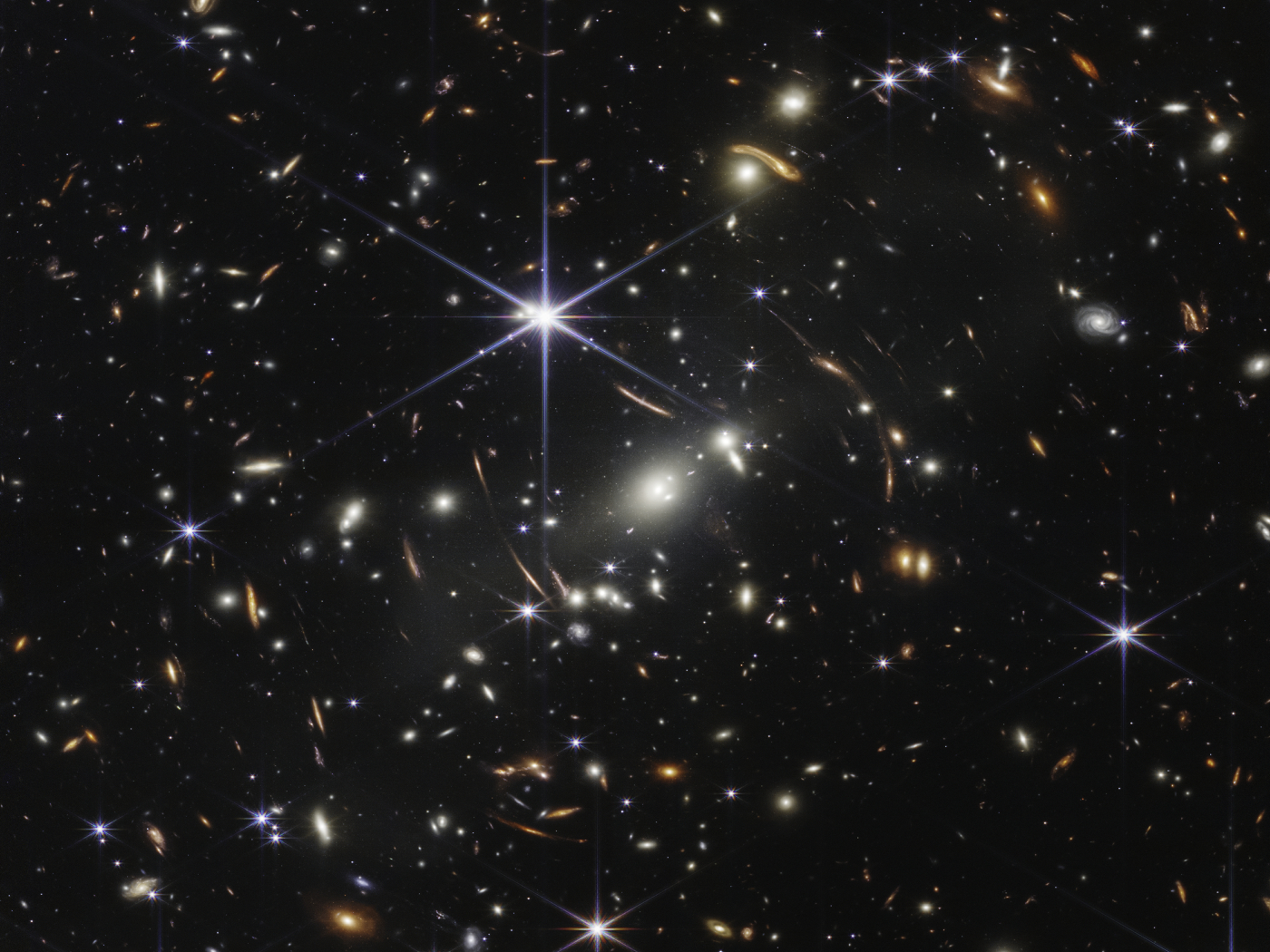Museums and textbooks often use artistic renderings to estimate what a fossilized animal or plant may have looked like when it was alive. These images by “paleoartists” put flesh and faces on skeletal structures, and they can influence public perception of early human history more than the actual science—particularly in regards to human evolution.
Paleoartist Viktor Deak contributed to the PBS NOVA series Becoming Human, which aired in November and depicted mankind as having emerged, Darwinian style, from a hairy, ape-like ancestor. Deak used software to create three-dimensional virtual models, which were then used to produce extremely realistic animations.
Deak told Wired Science that he is “an anthropologist who happens to do art…. I’ve taken it upon myself to be the voice of these fossils.”1 But that voice is sharing more than just the facts of these fossils—it is telling an evolutionary story along with them.
In this industry at “the edge of science and art,” there is ample room for interpretation. The Wired report stated that “even for scientists, fossils are heavily interpreted.”1 And if basic reconstructions of the structure and habitat of these forms require heavy interpretation, then the fully realistic-looking artists’ depictions require even more.
Deak’s images accompany the Wired article, showing semi-human faces that have distinctly human eyes. Deak thoroughly studied the skeletal features of the creatures he was rendering, and his reconstructions of Homo ergaster and Homo heidelbergensis appear to match known fossil skull proportions for those extinct varieties of man. But the soft parts are interpretive, since these were not preserved in fossilized form.
The clear message is conveyed, without a spoken word, that humans evolved from dark-skinned, hairy, wide-nosed creatures with sloped foreheads and jutting jowls. But the skin color, size of the nose and lips, and amount of hair are not supported by science, only assumed by evolution. And the images are so lifelike that careless or casual viewers might not distinguish between features based on observable science and those derived from unobservable assumptions.
In other words, if Deak had depicted these creatures with light skin, normal lips, human beard growth patterns, and Roman noses or Oriental eyes, they would have been just as valid, scientifically. But that wouldn’t fit with the evolutionary story.
Interestingly, both H. ergaster and H. heidelbergensis are considered big mysteries by many evolutionary anthropologists.2 By these scientists’ own admission, they were just extinct varieties of man, which is exactly the interpretation that follows from the biblical creation model.3
Deak told Wired Science, “Once I get the [animation] software down, then I can do the whole thing and create the vision of human evolution I have banging around in my brain.”1 But what’s in his brain is his own system of beliefs, while the evidence for the unique creation of man is in the rocks and in the world for all to see.4
References
- Keim, B. 3-D Renderings Bring Ancient Hominids to Life. Wired Science. Posted on wired.com November 25, 2009, accessed November 30, 2009.
- Specifically, “H. ergaster marks such a radical departure from previous forms of Homo (such as H. habilis) [an invalid, hodge-podge ‘taxon’] in its height, reduced sexual dimorphism, long limbs and modern body proportions that it is hard at present to identify its immediate ancestry in east Africa. Not for nothing has it been described as a hominin ‘without an ancestor, without a clear past.’” From Dennell, R. and W. Roebroeks. 2005. An Asian perspective on early human dispersal from Africa. Nature. 438 (7071): 1099-1104.
- Hoesch, W. A. 2006. Out of Ararat? Acts & Facts. 35 (9).
- Man Was Created by God. Posted on icr.org, accessed December 4, 2009.
* Mr. Thomas is Science Writer at the Institute for Creation Research.
Article posted on December 7, 2009.












